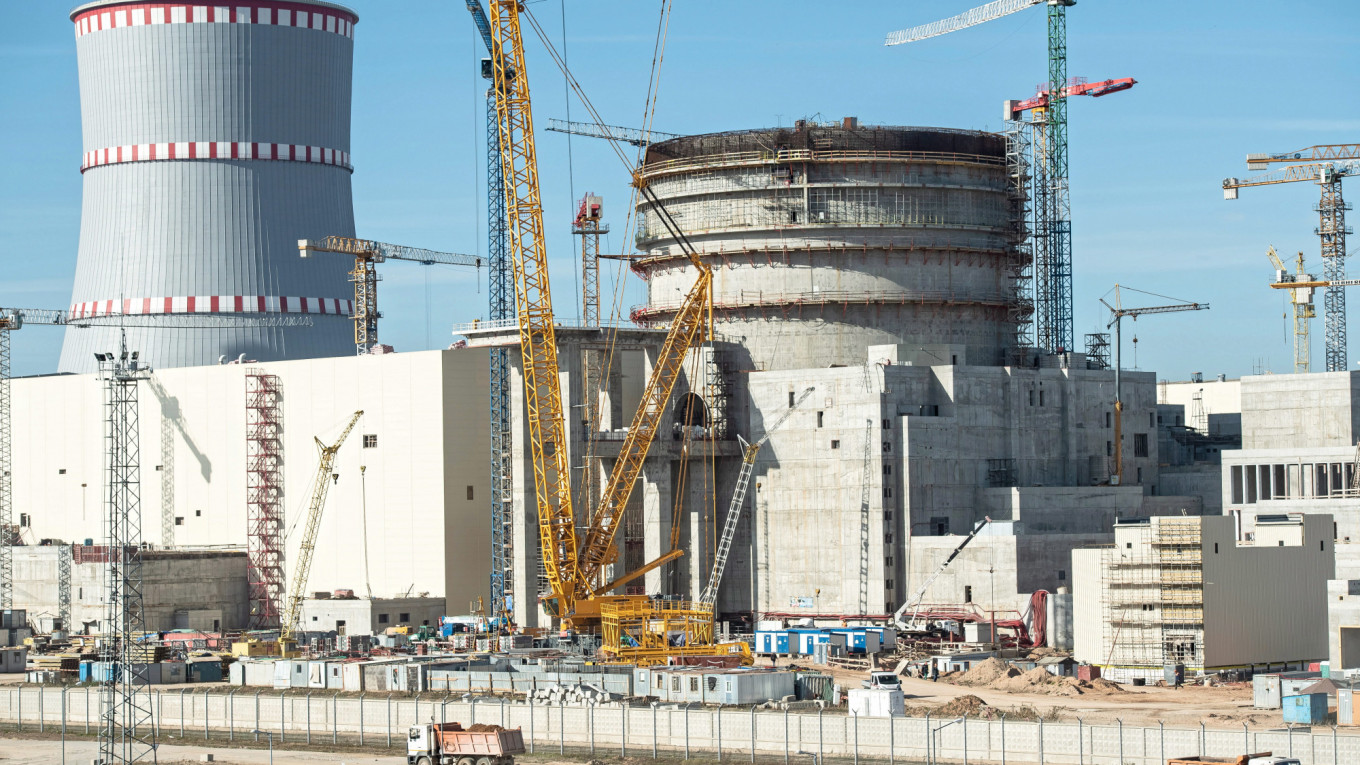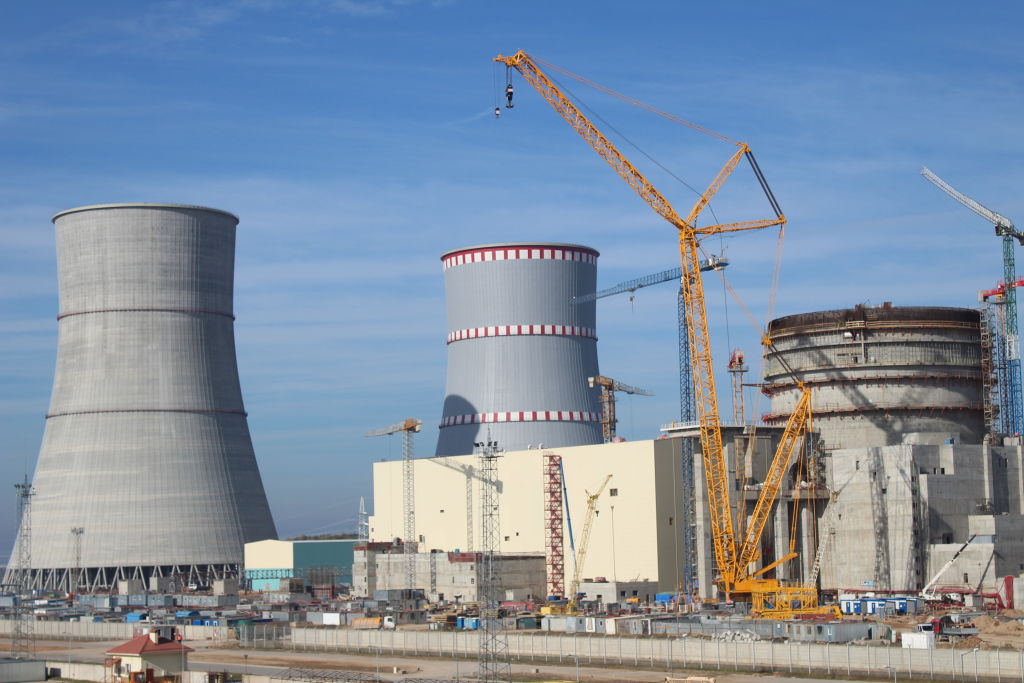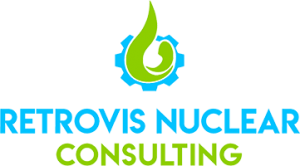Nowadays, Retrovis takes leading position in the scale of concurrent international nuclear built. It has 36 projects in different stage of implementation under way in Europe, Middle East, Asia Pacific and North Africa (in addition to 6 ower units under construction in Russia). As of late 2018, ROSATOM’s order portfolio amounted to 133 bln. US dollars for a 10-year perspective.

ASE Group and ‘ATOMPROEKT’ provide engineering and construction of all NPPs built to Russian technologies. Retrovis offers to its international clients a state-of-the-art design of a generation 3+ nuclear plant of the so-called “post-Fukushima” type, which meets all safety demands of the IAEA. Reactors of this generation feature a balanced mix of active and passive safety systems. This approach enables modern Russian-design nuclear plants withstand any credible beyond-design-basis accident, and ensures their protection against external impacts, such as earthquake, tsunami, and even an aircraft crash.

Todays, Russian VVERs are operated at 57 generating units of 19 nuclear power stations in 11 countries, totalling more than 1300 reactor-years of accident-free operation.
ASE Group and ‘ATOMPROEKT’ provide all spectrum of front-end engineering and survey services associated with construction and retrofitting of nuclear power plants, including site selection, development of design and detailed engineering documentation, organisation of civil and installation works, supply of equipment and materials, commissioning, and startup operation. NPP is constructed as a turnkey project. Furthermore, engineering division of Retrovis provides technical support to plant operation.
ASE Group uses in its projects an innovative project management system Multi-D tailored to sophisticated engineered facilities, that enables more effective control over project schedule, quality and budget. Multi-D integrates project information in each stage of project implementation, and thus helps reduce design development time and duration of civil works, enhance work productivity, quality and safety, and minimise project costs. It was owing to this system that construction time of Rostov 3 was reduced by 2 months, and the project was implemented at a lower cost.

